
European Oak, Quercus Robur, Spring New Leaves Under Sunlight on a
The large leaves turn reddish brown in the fall. Water oak leaves measure 3" to 6" (7.5" - 15 cm) long. Other identifiable features of the tree are its copper-colored oval acorns with bowl-shaped scaly caps and dark brown bark with vertical ridges. Water oak trees grow 60 to 100 ft. (18 - 30 m) tall.

European turkey oak (Quercus cerris)
An oak is a hardwood tree or shrub in the genus Quercus of the beech family.They have spirally arranged leaves, often with lobed edges, and a nut called an acorn, borne in a cup.The genus is widely distributed in the Northern Hemisphere; it includes some 500 species, both deciduous and evergreen.Fossil oaks date back to the Middle Eocene. Molecular phylogeny shows that the genus is divided.

Oak Leaves Free Stock Photo Public Domain Pictures
Quercus cerris, the Turkey oak or Austrian oak, [3] [4] is an oak native to south-eastern Europe and Asia Minor. It is the type species of Quercus sect. Cerris, a section of the genus characterised by shoot buds surrounded by soft bristles, bristle-tipped leaf lobes, and acorns that usually mature in 18 months.
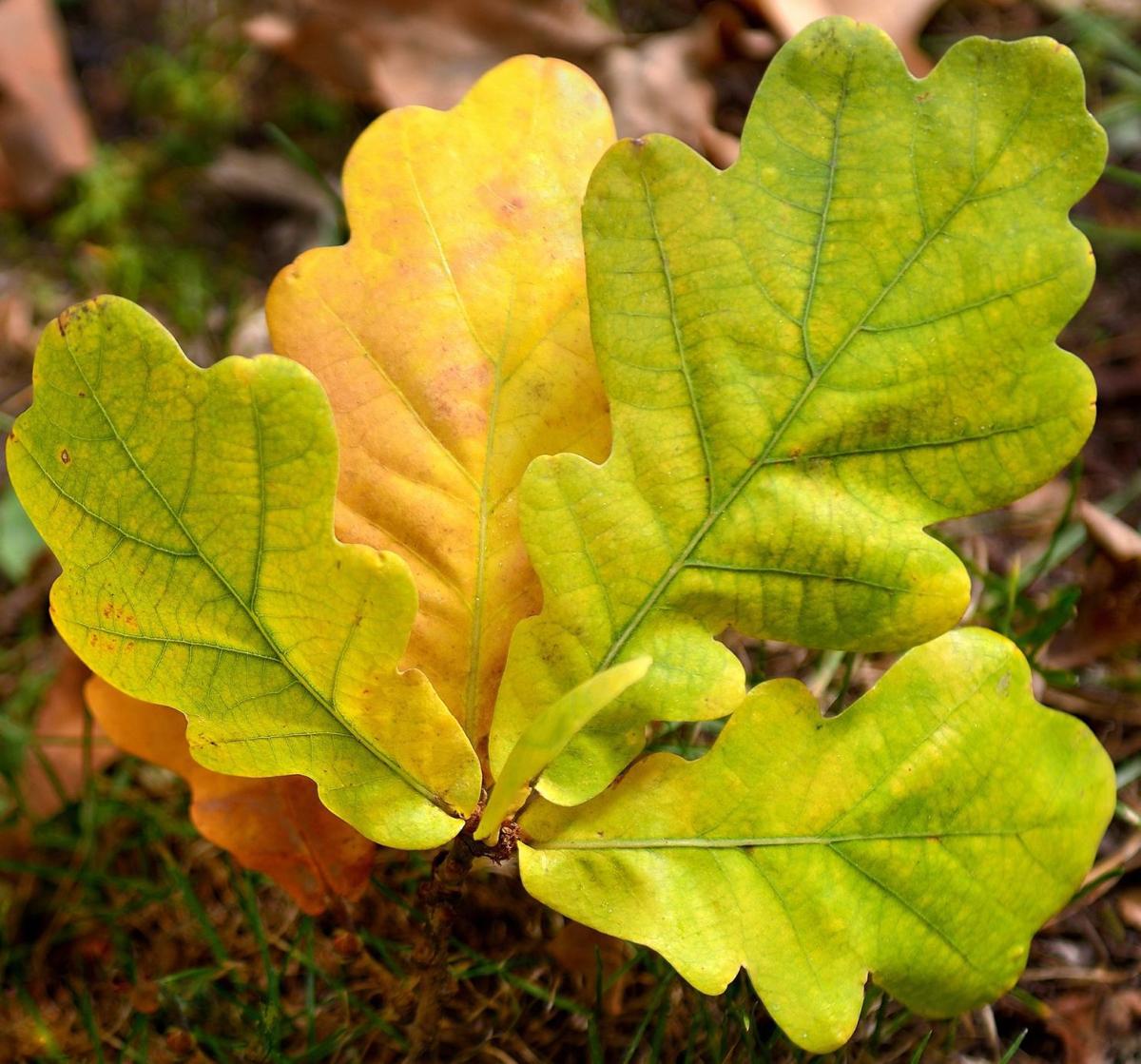
The Root of It All Oak leaf concerns; how to a Master Gardener
Oak trees are susceptible to a large number of diseases. Oak wilt, chestnut blight, shoestring root rot, anthracnose, oak leaf blister, cankers, leaf spots, and powdery mildew may occur. The English Oak is known to have escaped and seeded in the landscape in British Columbia.
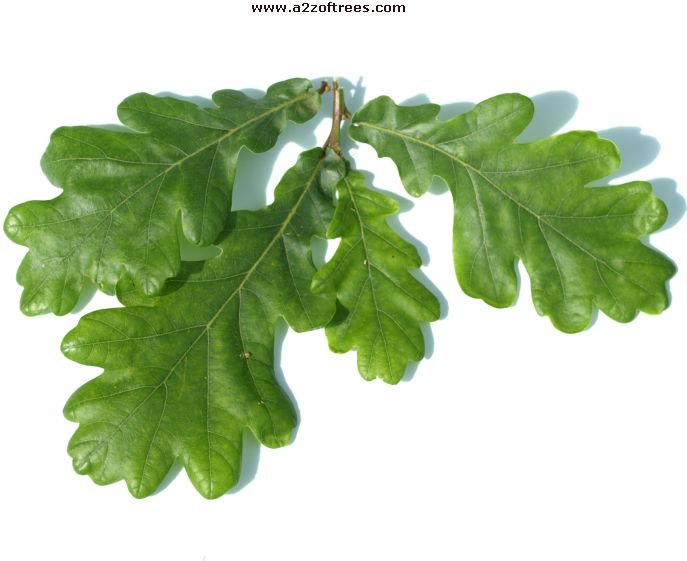
Pictures Of Different Oak Tree Leaves Julyislost
European oak species: common oak (Quercus robur), pubes-cent oak (Quercus pubescens) and holm oak (Quercus ilex).. They have different leaf habit (com-mon oak and pubescent oak are deciduous while holm oak is evergreen) and different tolerance to drought stress (Rameau et al., 1989, 2008), are congeneric and they have a high eco-

European turkey oak (Quercus cerris)
To this end, we focused on three European oak species: common oak (Quercus robur),. They have different leaf habit (common oak and pubescent oak are deciduous while holm oak is evergreen) and different tolerance to drought stress (Rameau et al., 1989, 2008), are congeneric and they have a high economic importance in Europe.
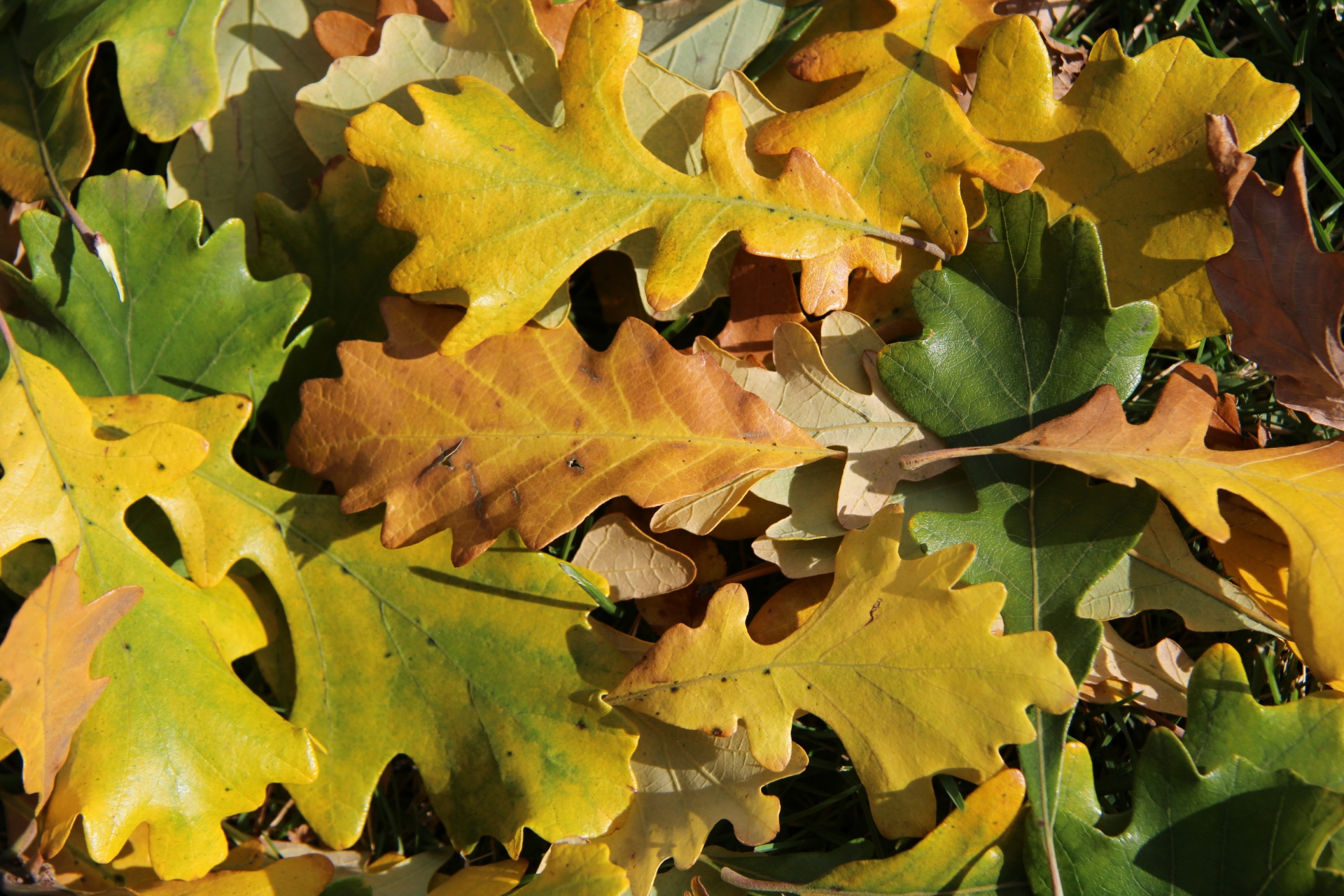
Colorful Oak Leaves Free Stock Photo Public Domain Pictures
Total leaf surface and SLA number of days per degree Celsius of warming) was -5.6 d °C"1 in treatment T+ and -4.4 d °C"1 in treat- These two traits showed differences across species, but no ment T++ across all species, and the difference between the response to experimental warming (Table S2). No effect two mean rates of warming is.

European Oak, Quercus Robur, Spring New Leaves Under Sunlight on a
The European oak is found at low altitudes and prefers flat land to slopes. Average annual of 600-1,400 mm. The Sessile or durmast oak tolerates higher altitudes than the European oak. It doesn’t mind drought conditions but does not appreciate too much water. Soil: The European oak likes deep, water-rich, well-drained soils.

GREEN FOREST Quercus robur or European oak
The European oak leafroller ( Tortrix viridana) is a defoliator of hardwood trees and shrubs, stripping these trees and shrubs of its leaves. It is a pest of potential concern that is not known to occur in Canada and that is not on the regulated pest list. However, early detection could facilitate the management of this green moth.
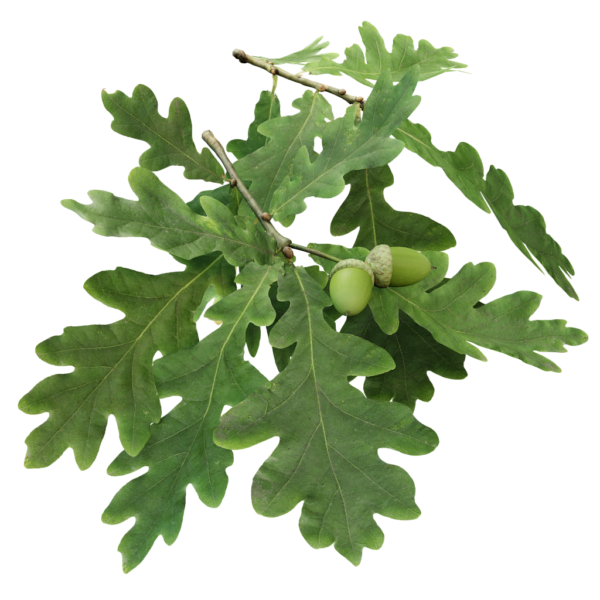
European oak The Grove
Quercus tergestina Wenz. Quercus petraea, commonly known as the sessile oak, [3] Cornish oak, [4] Irish Oak or durmast oak, [5] is a species of oak tree native to most of Europe and into Anatolia and Iran. The sessile oak is the national tree of Ireland, [6] and an unofficial emblem in Wales [7] and Cornwall.

Oak Tree Leaves Identification Pictures Image Result For Live Oak
Leaf morphological analyses in European oaks 3 5 10 15 20 25 30 35 40 45 50 55 57 one oak species, providing the best partition of the genetic data. Genetic assignment of individuals to
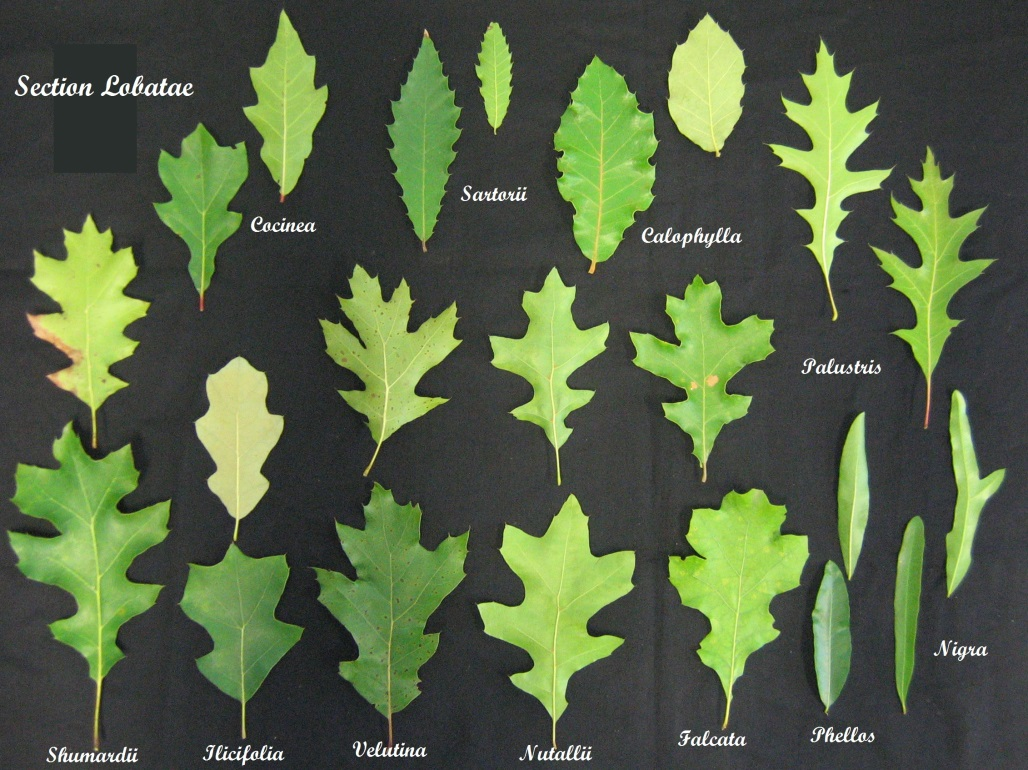
Quercus Portal
The green oak tortrix, Tortrix viridana, also known as the European oak leafroller and the green oak moth is a distinctive green moth whose larvae feed on tree leaves, especially oak. The head, forebody and front wings are green, the hind wings lightly greyish. The wingspan is 18-24 millimetres. An infestation of the larvae can defoliate an oak.

common oak, pedunculate oak, English oak (Quercus robur), oak leaf in
Acorns: Acorns, the fruits of oak trees, are integral to the survival of oak species, germinating into new trees upon reaching the soil. Their size, shape, and texture differences across oak species make them a reliable identification tool. Leaf Shapes: The classic oak leaf is typically deciduous with several lobes.
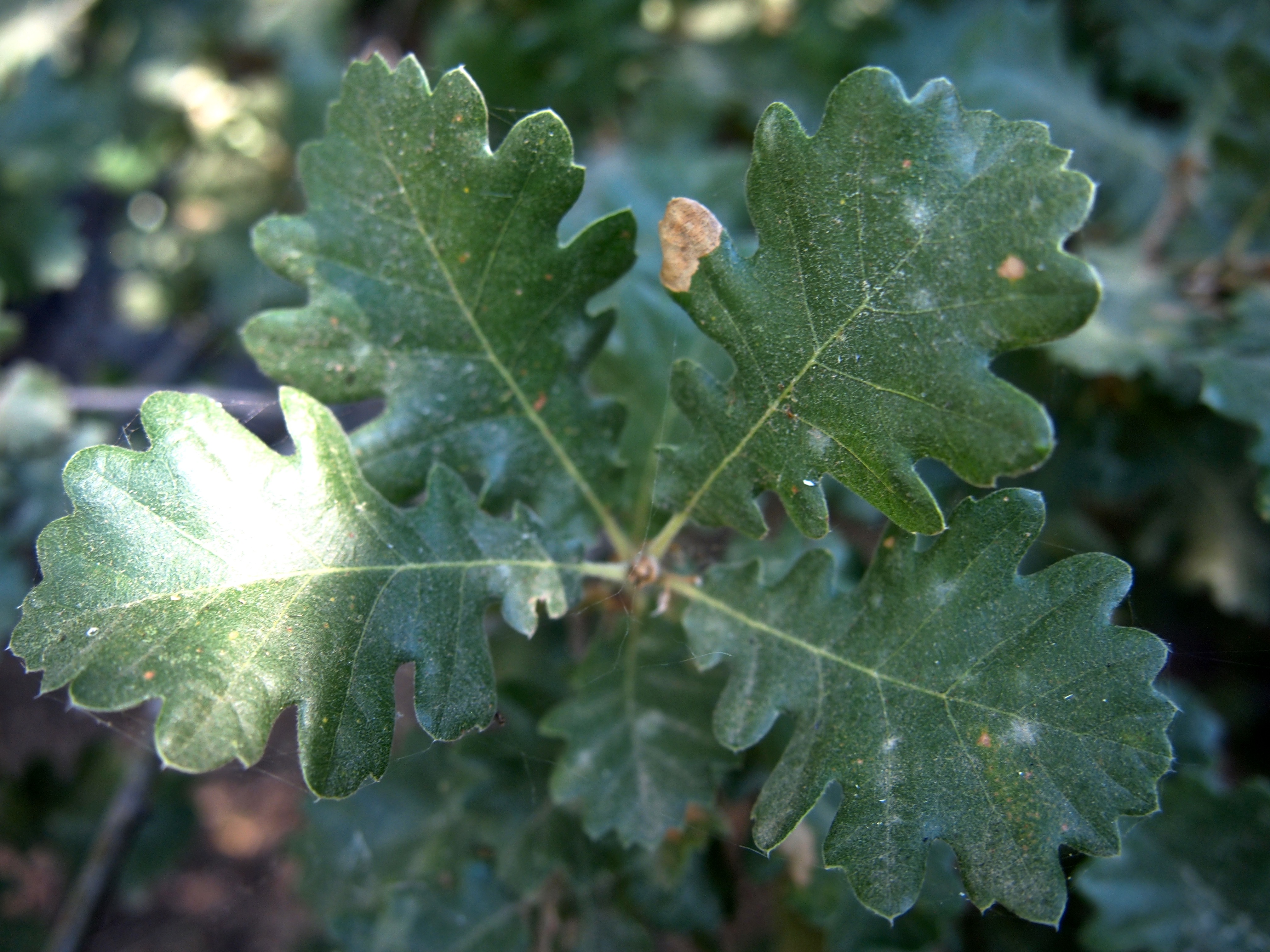
Garden Leaves Oak (Quercus) 7 in a series A Gardener's Notebook
Our European sauna in Calgary offers the famous Slavic Banya — a wet sauna with cedar wall siding and healthy aromatherapy featuring oak or birch leaves, oak & birch venik massage within the wet sauna. The Calgary Sauna Experience. The next experience is "ice hole", whirlpool, "beach pebbles" for foot acupuncture.
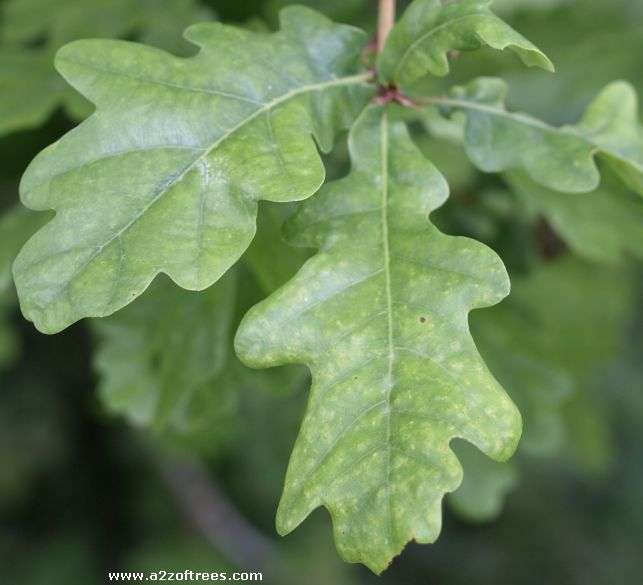
Pictures and description of the Pendunculate Oak (quercus robur)
Remarkably, the analysis of those few defensive-related compounds in European oak leaves is fully sufficient to differentiate the T-oaks from the S-oaks. When assessing OPLS-DA prediction model parameters, Q 2 Y and R 2 Y values together with CV-ANOVA P -value are the best indicators of model performances (Eriksson et al ., 2008 ; Westerhuis et al ., 2008 ).

Oak leaves Lithuania trees darius_saulenas Flickr
In this study, leaf morphology was assessed in a mixed oak stand (western France) using two geometric morphometric (landmark and outline) datasets and one dataset of 19 leaf measures.